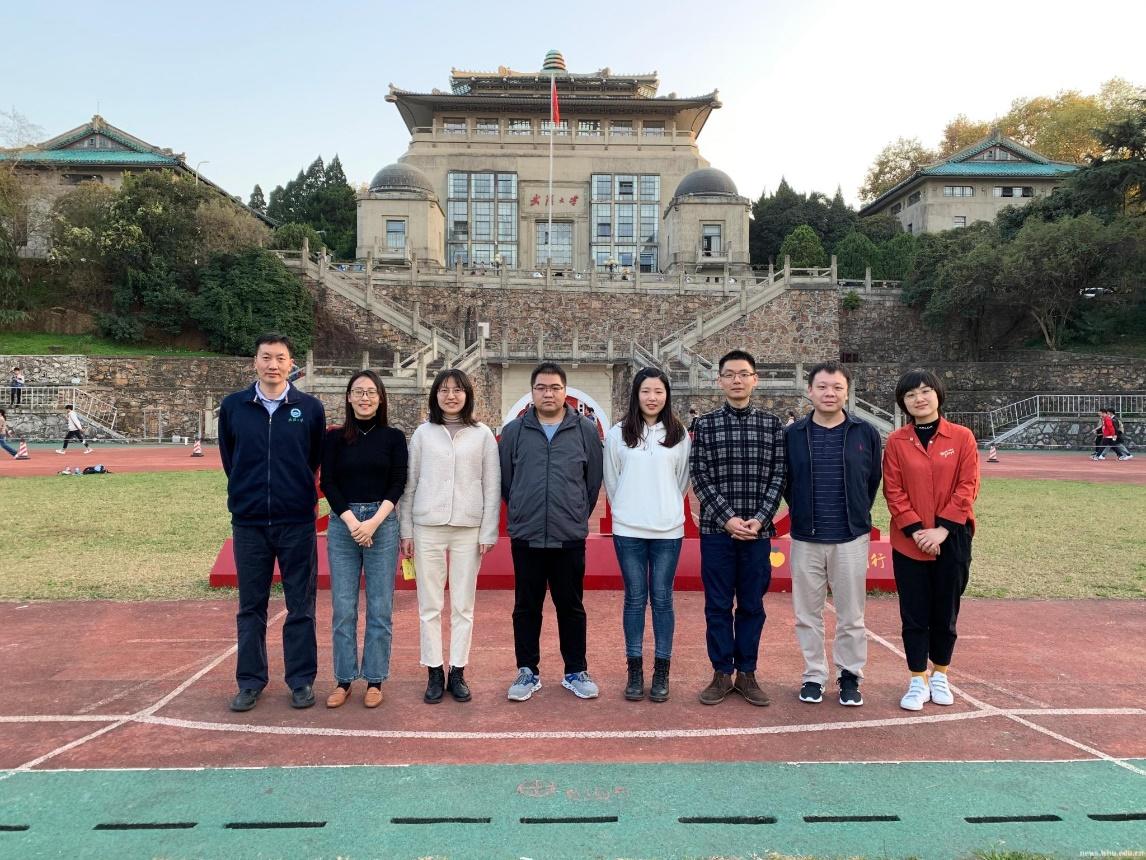On November 11, Nature published a paper by Prof. Song Baoliang’s team from WHU School of Life Sciences which reveals a new regulatory mechanism between feeding and cholesterol biosynthesis. This study offers a glance into the law of cholesterol metabolism in the human body and lays a foundation for the treatment of metabolic diseases, including hyperlipidaemia, obesity, liver steatosis and diabetes.
This paper is entitled “Feeding Induces Cholesterol Biosynthesis via the mTORC1-USP20-HMGCR Axis”. Lu Xiaoyi, Hu Ao, Wang Juqiong (all PhD students from the School of Life Sciences at WHU) and Associate Professor Shi Xiongjie are co-first authors. Song Baoliang is corresponding author. Ding Yi, Jiang Wei, Sun Ming (also PhD students from the School of Life Sciences at WHU), associate professor Zhao Xiaolu and Luo Jie, and Prof. Qi Wei (Shanghai Tech University) are co-authors.
As an essential part of the cell membrane, a high concentration of cholesterol is a major risk factor for cardiovascular diseases. The human body can absorb cholesterol from meat, eggs and other foods. However, where the staple food is carbohydrates, cholesterol would mainly depend on its own biosynthesis. The synthesis of cholesterol is nutritionally and energetically costly. Therefore, after long-term evolution, cholesterol biosynthesis in mammals increases only after feeding and is inhibited under fasting conditions. The regulatory mechanism of cholesterol biosynthesis at the fasting-feeding transition remains poorly understood.
The findings of Song Baoliang’s team revealed that HMG-CoA reductase (HMGCR), the rate-limiting enzyme in the cholesterol biosynthetic pathway, sharply increases in the feeding state. Researchers used a well-designed vitro biochemical assay coupled with expression screening and animal modeling to prove that the post-prandial increase in glucose and insulin concentration lead to USP20 phosphorylation that stabilizes HMGCR. As a result, nutrition absorbed by the human body will be transformed into cholesterol, thus supplying essential energy to guarantee its normal functioning.

Insulin and glucose increase cholesterol biosynthesis after feeding via the mTORC1-USP20-HMGCR axis
Subsequently, researchers found that after feeding a high-carbohydrate and high-fat diet for a long time, the inhibition of USP20 can markedly decrease cholesterol, triglyceride, weight and body fat, thereby improving insulin sensitivity. In addition, the inhibition of USP20 will lead to an increase in succinic acid and hence produce more heat. Metabolic improvement is conducive to the treatment of metabolic diseases.
This work was supported by grants from the National Natural Science Foundation of China, the Ministry of Science and Technology of China and the Tencent Foundation through the Xplorer Prize.

Song Baoliang’s team
Link to the paper: https://www.nature.com/articles/s41586-020-2928-y
Rewritten by Wu Xingwen
Edited by LuoYuanyuan, Li Yushan, Sylvia and Hu Sijia